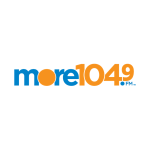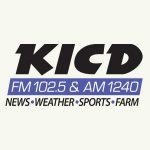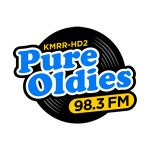If you’ve spent any time buying or selling advertising, you’ve probably heard some variation of the century-old quote, “Half the money I spend on advertising is wasted; the trouble is, I don’t know which half.” Despite its dubious origin or veracity, advertisers and media sellers have long pursued attribution models that aim to eliminate advertising waste. To that end, it has become easy to gorge on a glut of up-to-the-minute marketing insights.
Case in point, you may have heard that some radio companies are offering minute-by-minute attribution reports for radio commercial campaigns. In simple terms, these programs simultaneously hook into a radio station’s studio computer and your website’s Google Analytics. Every time your commercial runs on-air, the station monitors your website traffic for a predetermined period (usually eight minutes). Activity observed during that window is attributed to the radio commercial.
The fundamental flaw in this attribution method is it’s impossible to know precisely what portion of your web traffic was indeed a direct result of an individual radio advertisement. Radio listeners are often on the go and tuning in on a diverse set of devices. When you consider that the average commute in the United States is nearly 27 minutes, we cannot expect that listeners pull over on the way to or from work to visit websites in response to radio ads.
The problem becomes more difficult if you’re running your radio campaign across multiple stations in a market. If two or more stations run your commercial at roughly the same time, which station gets the credit? What if your business has a long sales-cycle? We certainly believe there is value in reaching listeners who aren’t intenders today, but will be weeks or months from now.
Radio works over the life of a campaign to build emotional connections that last far longer than eight minutes, eight days, or eight months. To put it more succinctly, radio’s most effective application is brand building.
Building a healthy brand is much like trying to get your body in shape. Meaningful improvements in your physical health are the culmination of a number of factors like eating well, regular exercise, and getting enough sleep. The business impact of an individual radio commercial is roughly the same as the health effects of having a salad for lunch. Yes, salad is a good choice, but the result of healthy living can only be observed over time.
Across the pond in the United Kingdom, Les Binet and Peter Field have turned out incredible research for IPA that has demonstrated the cumulative effect of long-term branding campaigns. In a 2013 report titled The Long and the Short of It: Balancing Short and Long-Term Marketing Strategies, the pair establish what they call the 60:40 rule which states the optimal marketing message mix is 60% brand building and 40% sales activation.
When you run a long-term radio commercial campaign, you’ll know your ads are working because you’ll see lift across the board for your business. Well-crafted branding campaigns running at a high frequency establish a top of mind awareness that contributes to an increase in demand, market share, brand recognition, and customer loyalty, as well as a decrease in price sensitivity.
Radio is a perfect place to invest your marketing dollars. It is the number one reach medium, the best way to connect with audiences on an emotional level, and a powerful tool for unaided recall. We want to help you be successful in the long run by building a strong brand while also providing strategic ways to harvest the fruits of your labor through sales-activation. Just be careful to not gorge on the sugar high of short-term activation and realize the value of balancing your marketing diet with messages that will have a sustainable, long-term impact on the health of your business.



